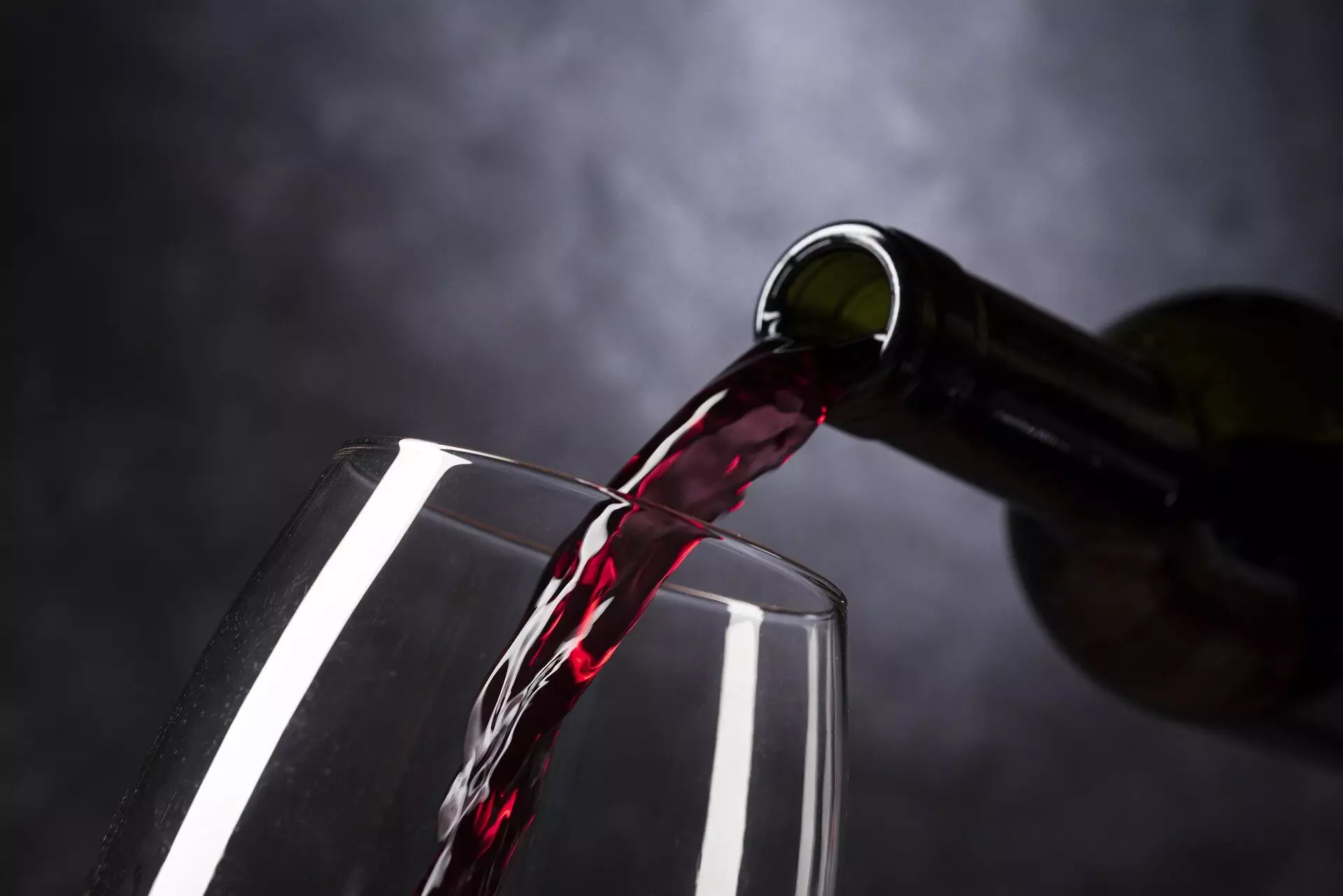Every wine carries a unique chemical signature derived from complex mixtures of thousands of molecules. These concentrations vary depending on factors such as the grape composition, soil structure, grape variety, and the practices of the winegrower. Even the slightest variations in these factors can greatly influence the taste of the wine. This poses a challenge when it comes to determining the precise origin of a wine based solely on sensory criteria. As climate change, evolving consumer habits, and increased counterfeiting become prominent issues in the wine industry, the need for effective tools to verify wine identity becomes crucial.
The wine sector has attempted to identify the chemical signature of wines using various techniques, but the results have been questionable or inconclusive due to the complexity of wine blends and the limitations of the methods employed. Gas chromatography, for example, is one commonly used method that separates the components of a mixture based on affinity between two materials. However, the numerous molecules in wine produce a large number of peaks on the chromatogram, making detailed analysis challenging and exhaustive.
A team from the University of Geneva, in collaboration with the Institute of Vine and Wine Science at the University of Bordeaux, has used artificial intelligence tools to successfully identify the chemical mark of red wines from seven major estates in the Bordeaux region with 100% accuracy. By combining chromatograms with machine learning algorithms, the researchers were able to process the raw data obtained from 80 red wines and summarize each chromatogram into two X and Y coordinates. This process, known as dimensionality reduction, allowed them to consider the complete chromatograms, including background noise, while eliminating unnecessary variables.
Analyzing the new coordinates representing each wine on a graph, the researchers observed seven distinct “clouds” of points. These clusters grouped together wines from the same estate based on their chemical similarities. Interestingly, three wines were grouped on the right side of the graph, while four wines were grouped on the left. This alignment corresponded to the geographical location of the estates on the two banks of the Garonne river. The researchers discovered that the chemical identity of the wines was not defined by the concentration of specific molecules but by a broad chemical spectrum.
The findings of this research demonstrate the possibility of identifying the geographical origin of a wine with 100% accuracy using dimensionality reduction techniques with gas chromatograms. This discovery provides valuable insights into the components that contribute to a wine’s identity and sensory properties. It also opens doors for the development of tools to support decision-making in preserving the identity and expression of a terroir, as well as effectively combating wine counterfeiting.
Through the integration of chromatograms and artificial intelligence, the University of Geneva and the Institute of Vine and Wine Science at the University of Bordeaux have accomplished a significant milestone in identifying the chemical signature of wines. This breakthrough offers a promising avenue for the wine industry to combat counterfeiting and make informed decisions regarding wine production and preservation of terroir. With continued research and advancements in the field of wine analysis, the quest to unravel the secrets hidden within the chemical makeup of wines will undoubtedly continue, contributing to the establishment of a more transparent and authentic wine market.


Leave a Reply